Leading the way...
The Polikarpov I-16
From original to model
The more than 1,000 scale models, primarily of the international standards 1/72, 1/48 and 1/32, are an independent part of the collections of the Hanover-Laatzen Aviation Museum.
Such true-to-original miniatures allow viewers of museum technology history to gain an "overview", not only of the individual exhibit (sometimes even as the only possibility of a real three-dimensional display if there is no surviving original), but also of lines of development in aircraft construction by means of possible sequencing and juxtaposition. Sometimes they even close gaps in the presentation of the originals. The quality of their craftsmanship alone is a pleasure to behold.
Today, in our 'Model of the Month' series, we are presenting a major achievement in aviation history: In 1933, the single-engine Polikarpov I-16 was the first fighter monoplane with retractable landing gear - and also a pioneering design beyond that, for example in the full fairing of its 9-cylinder radial engine.
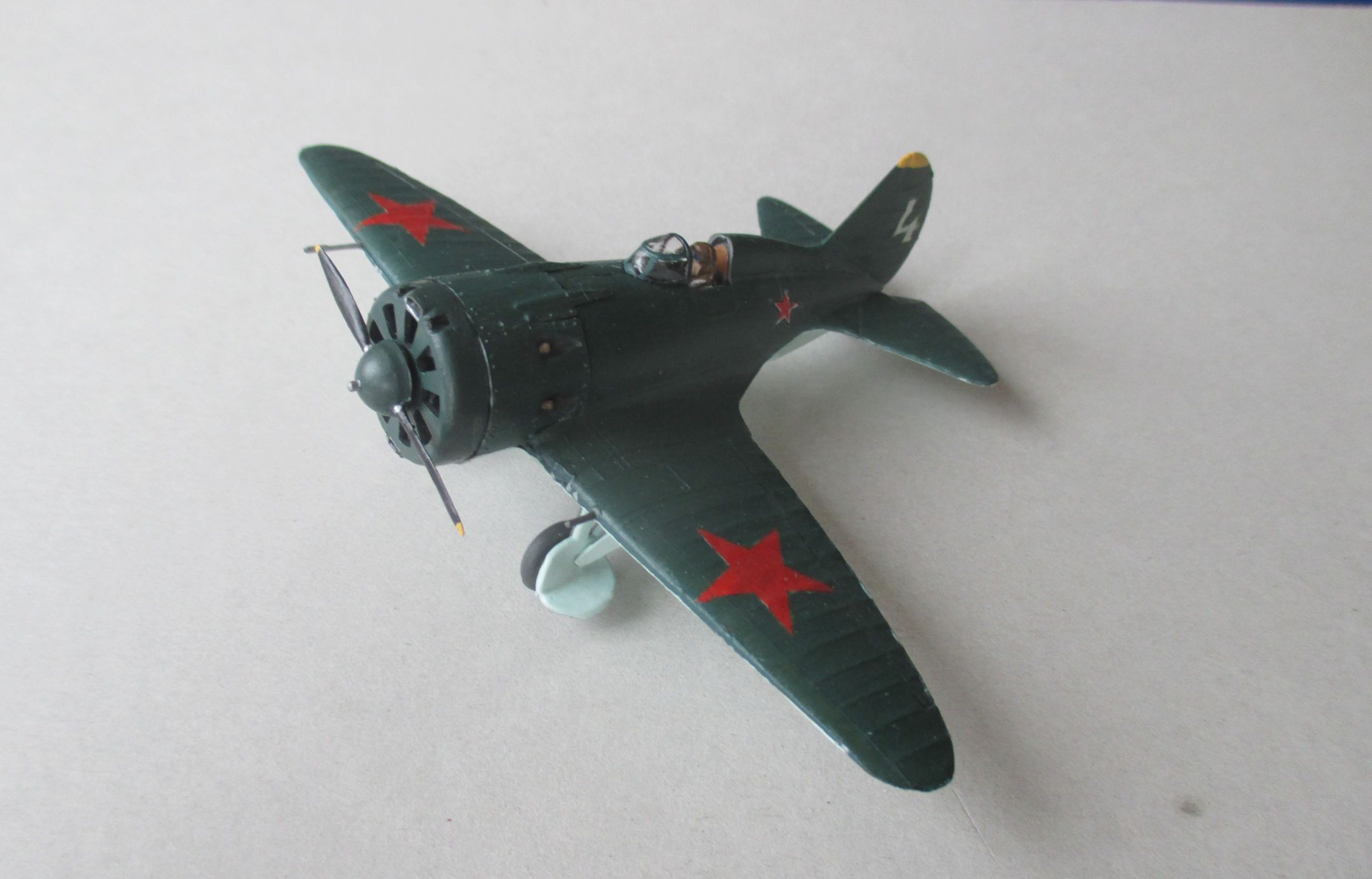
The I-16 as a Soviet fighter by Revell in 1/72. In 1933 the original was sensationally high-tech.
The model: 60 years young...
Our reference model in 1/72 scale is true to the original: like its base model, a classic with a few extras. Launched on the European market by the British Revell subsidiary in 1964, the kit with pilot figure offered 28 parts plus a set of decals and a remarkably detailed engine compartment with removable canopy parts as well as a choice of retracted or extended undercarriage - and all this 60 years ago at a length of 8.3 cm, because the model in 1/72 scale does not offer more... Incidentally, the original box from approx. 1975 from our museum collection still had the price tag: DM 2.75 (that would be € 1.41 - where have all the good times gone...).
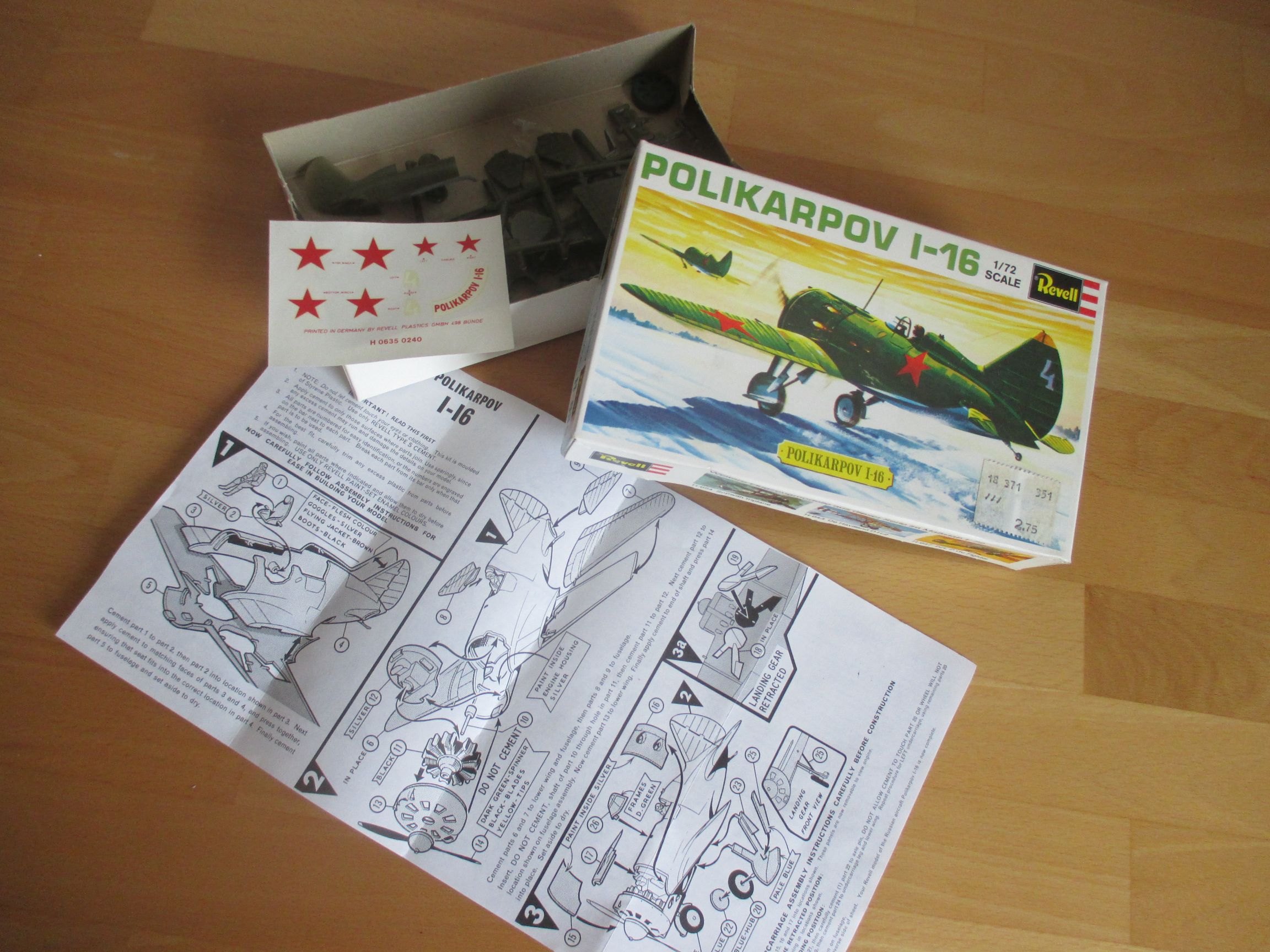
The kit - We both met for the first time around 1970; building the kit again was a lot of fun and brought back a lot of memories - not only about modelling...
The original: Pioneering
Designed by Nikolai N. Polikarpov at the Soviet Union's state aircraft factory ZKB as a successor to his already successful I-15 and I-153 biplanes, the remarkably compact I-16 took off from the ground for the first time on the last day of 1933. The small aircraft with a barrel-shaped fuselage and only half-closed cockpit was the first monoplane fighter with retractable landing gear and one of the first designs with a fully clad radial engine. Manufactured in a mixed construction of steel, aluminium and wood and partially covered with fabric, its development potential subsequently made the type the most important fighter aircraft in Soviet Russia from the 1930s to the 1940s, and for some time the most powerful fighter in the world in terms of firepower.
Photo & BU 3: With the right engine panel removed. The prominent red stars on the upper wing surfaces were often painted over from the summer of 1941 to provide visual protection.
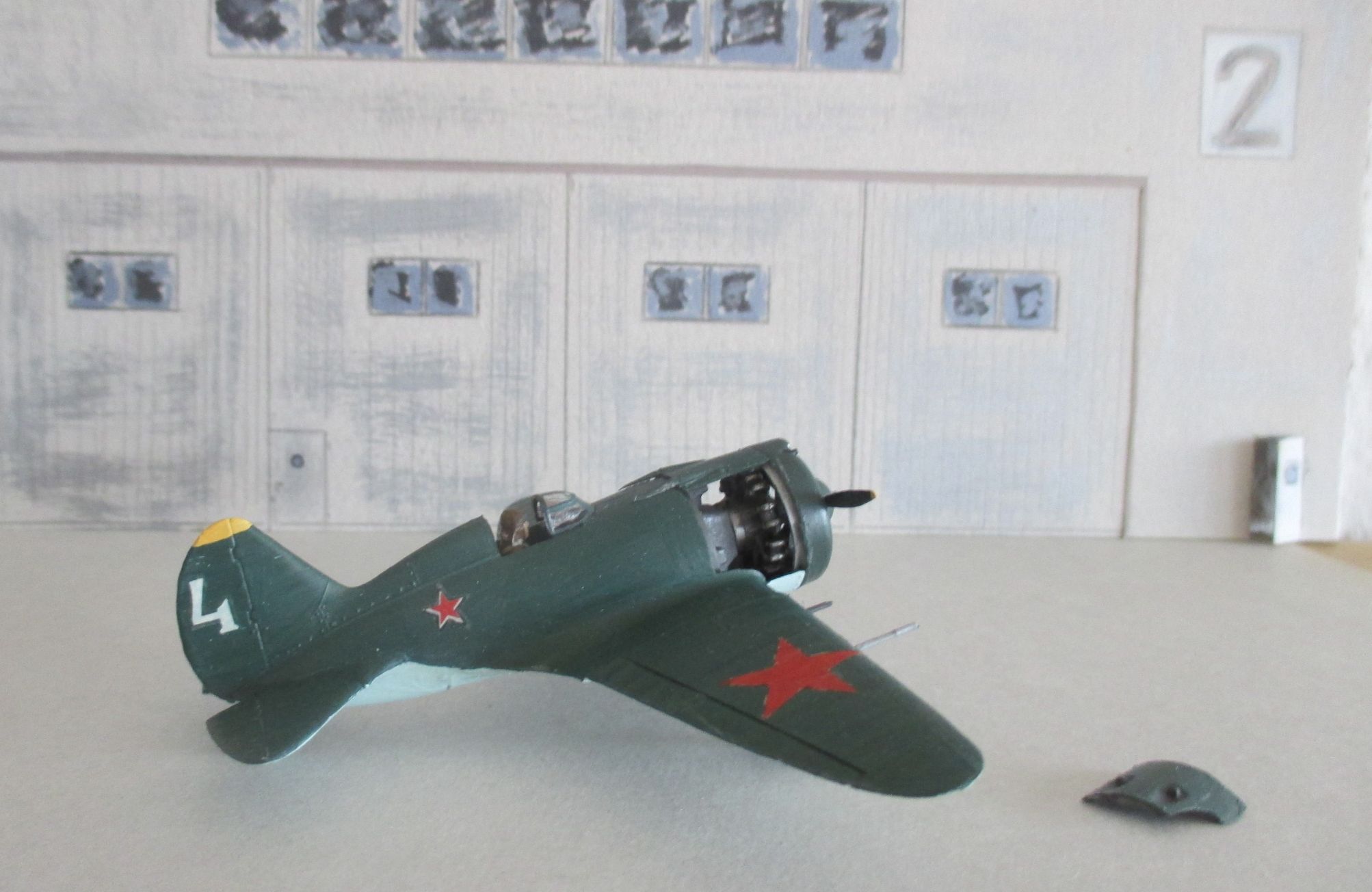
The I-16 (exported to China) was extremely successful in the Chinese-Japanese War of 1937/'38, in the Spanish Civil War of 1936/'39 on the Republicans side (where it was also flown by Soviet pilots) and in the Soviet-Japanese border conflict of 1939. In the Soviet-Finnish Winter War of 1939/'40, however, its well-deserved fame took its first knocks: The Finnish air force was on a par due to a high level of training, variable tactics and quality material. In response, the Soviet Union began to develop new types of fighter aircraft - and a fundamental revision of the I-16, which resulted in the "Type 24" variant, the most widely built. More heavily motorised and armed (with 2 x 20 mm and 2 x 7.62 mm machine gun), however, it had reached its performance limit.
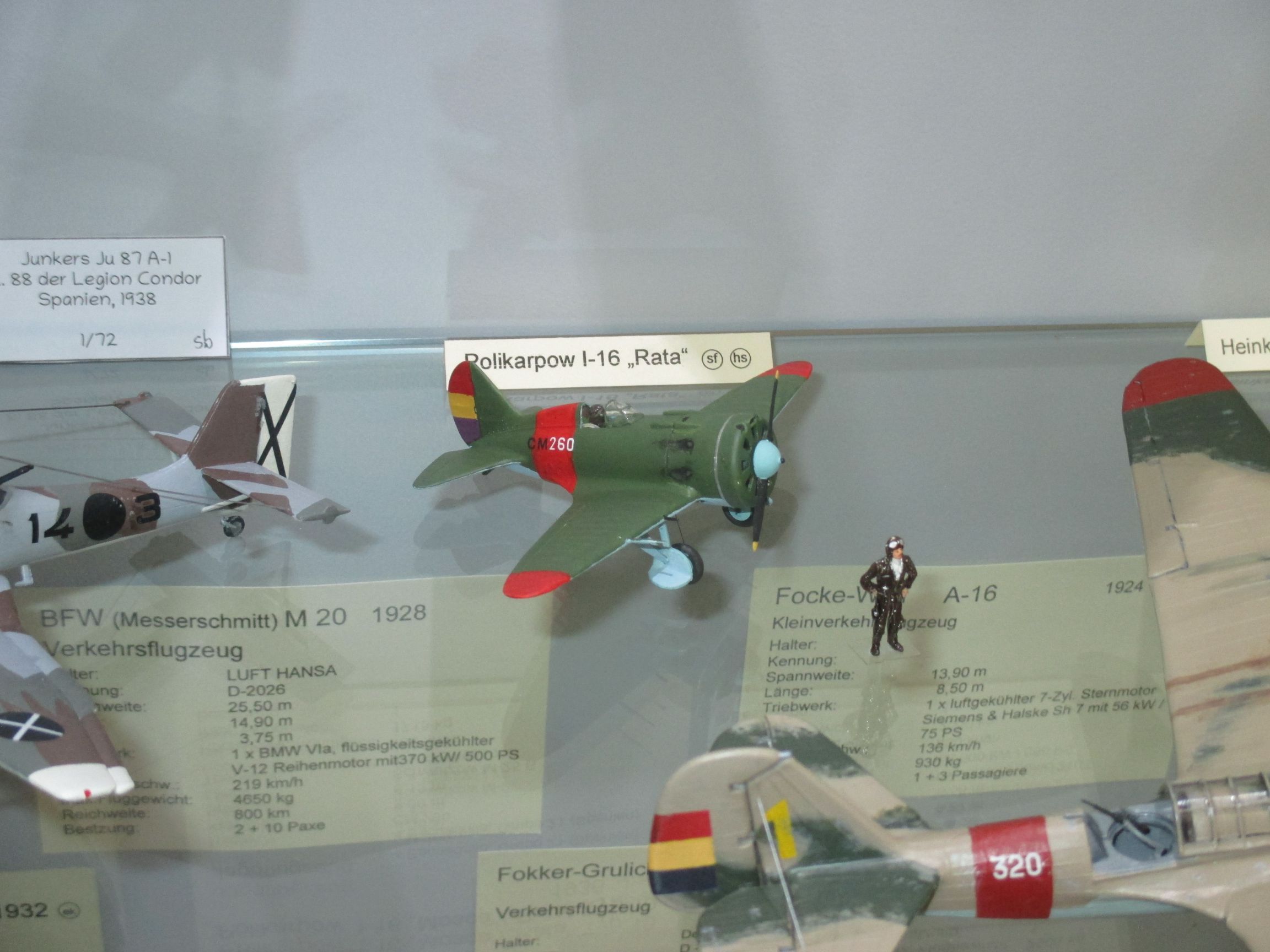
Steadfast
In Spain, it was still superior to all other types - apart from the two best German fighters on the Spanish side, the Messerschmitt Bf 109 and Heinkel 112 - and was given the grimly appreciative nickname "Rata" ("rat") by its opponents due to its manoeuvrability and defensive qualities. It remained known by this name in the German-speaking world throughout the following world war.
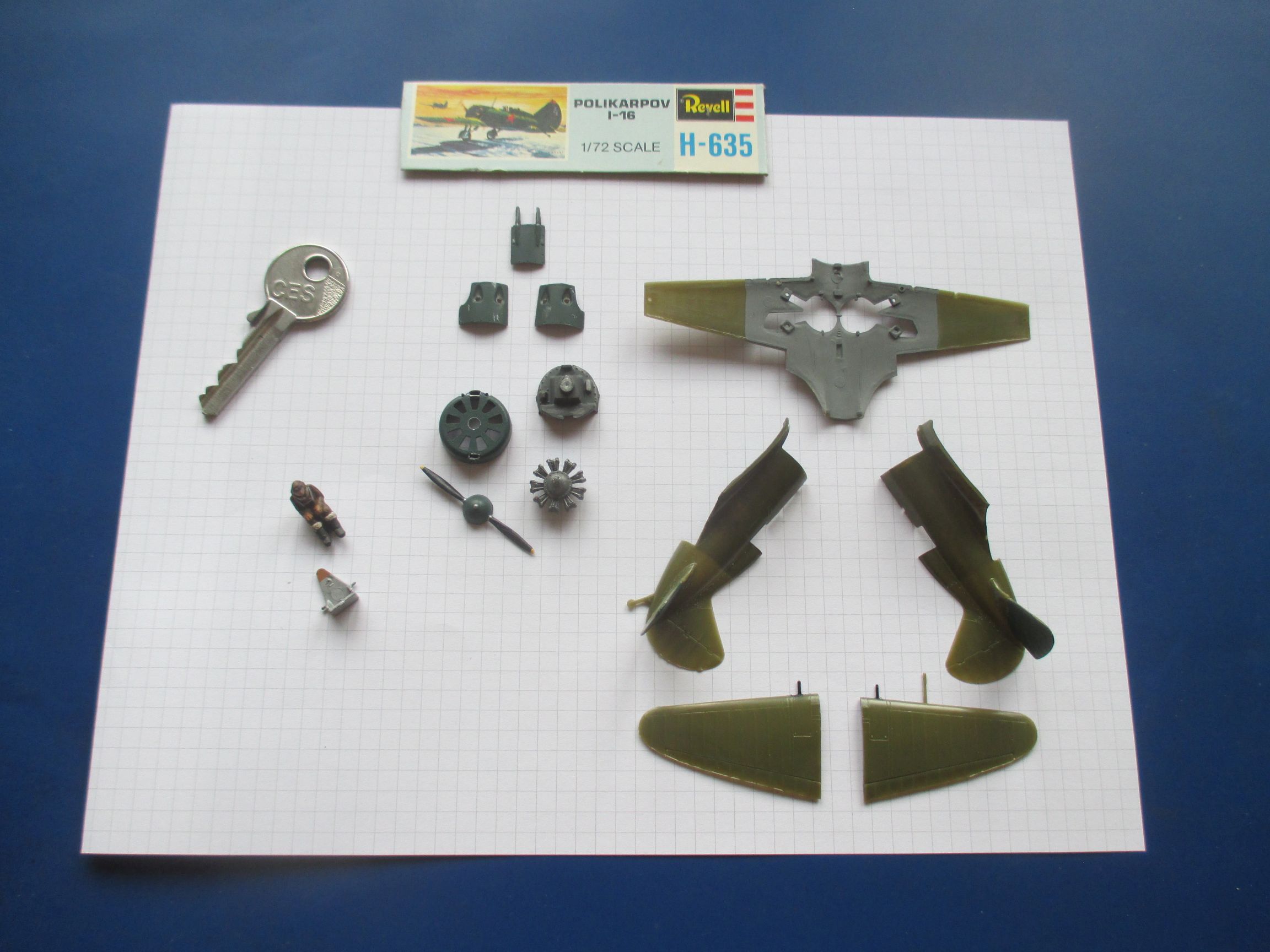
During the German invasion of the Soviet Union in 1941, the Type 24 I-16 was the soviets standard fighter and remained so until well into 1942. However, now clearly inferior to the now optimised Bf 109 (types E and F), the Soviet pilots nevertheless fought steadfastly and successfully in air defence against German bombers and reconnaissance aircraft operating without fighter protection and increasingly in the ground combat role and army support, which was already the focus of the Soviet side.
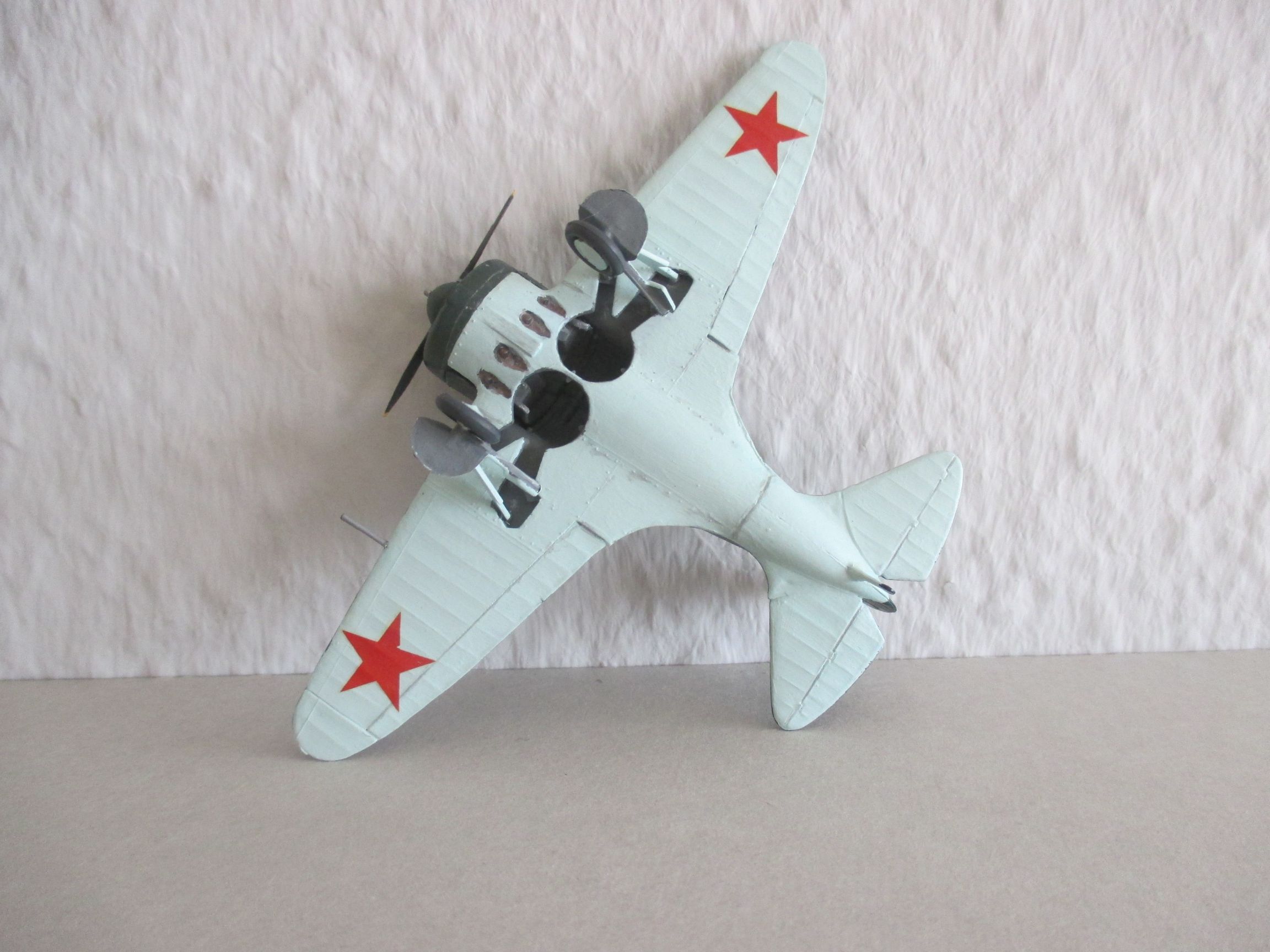
From the end of 1942, the new, powerful fighter types Yak-9 and La-5 reached the Soviet units and the I-16, of which there had also been a significant number of training two-seaters, was assigned subordinate tasks. By the end of 1943, the "Ratas" had disappeared from front-line use, but their innovations lived on in international aircraft construction.
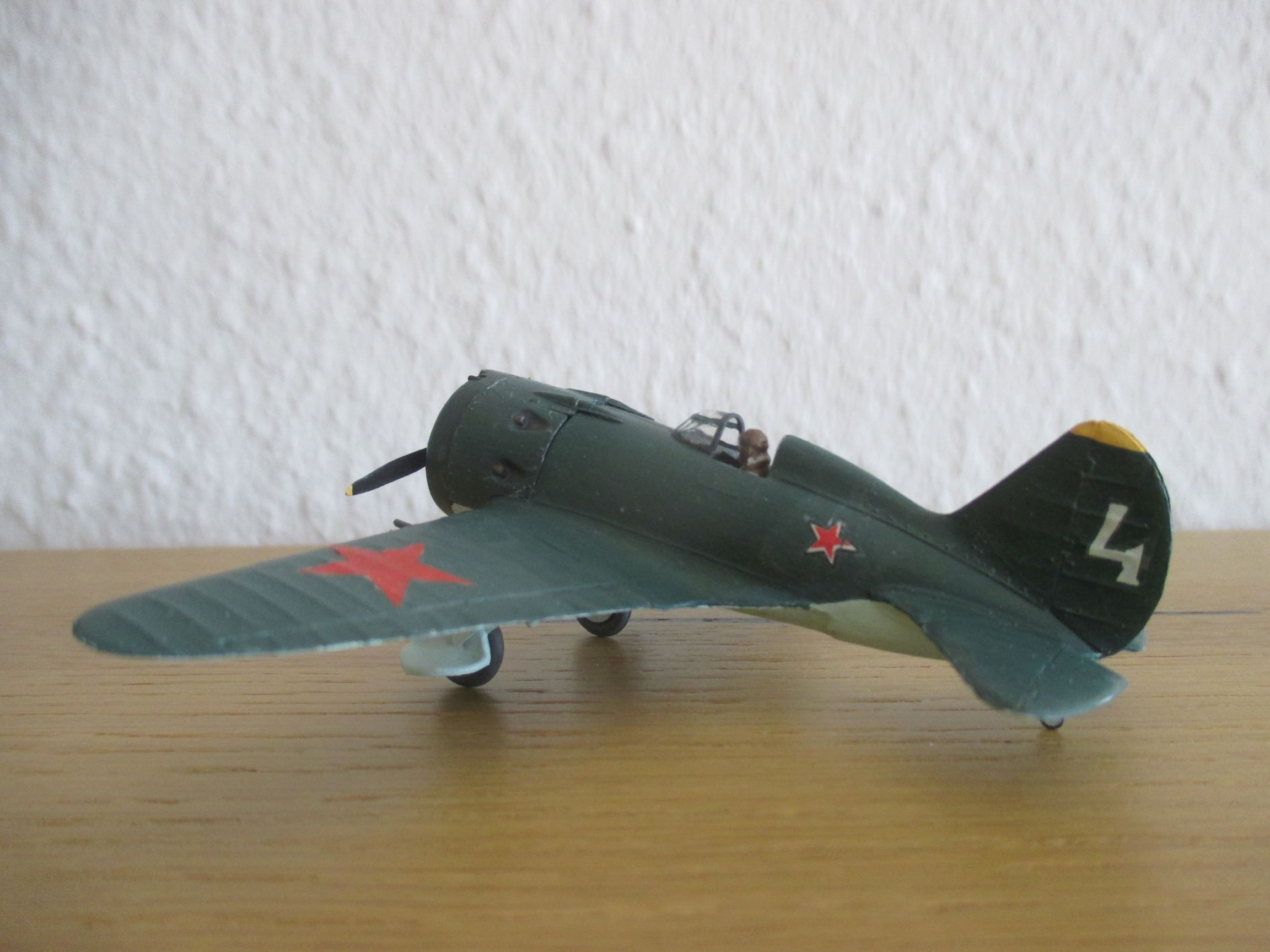
Data sheet Polikarpov I-16 Type 24:
Crew: 1, length: 6.13 m, wingspan: 8.90 m, take-off weight: 2,095 kg, max. speed: 525 km/h, range: 450 km, propulsion: 1 x Schwezow M-62 or M-63 with max. 1,100 hp (licence construction of the Wright Cyclone R 1820), armament: 2 x MG 7.62mm in the nose, 2 x MK 20mm in the wings, optional additional 6 rocket projectiles RS-82mm or light bombs under the wings. First flight: 31 December 1933, in troop service 1934 to '43, total number of units 8,643.
Come in!
Have we managed to arouse your curiosity? Then visit us at the Aviation Museum - over 40 sports, training, passenger and fighter aircraft, helicopters and gliders in the original and faithful replicas, a large engine and turbine section, and over 1,000 scale models await you!
sb
You can contact the author of the Model of the Month series here: Autor-MdM
